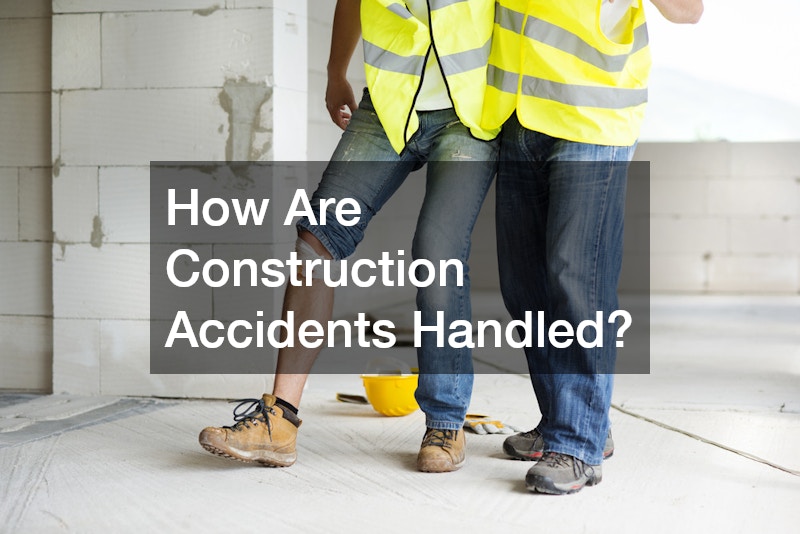Construction sites are among the most hazardous workplaces, with workers regularly facing risks from heavy machinery, heights, and unpredictable environments. When construction accidents occur, they can result in serious injuries, substantial financial losses, and even fatalities. Understanding how construction accidents are handled is crucial for both employers and employees in the industry.
Immediate Response and Medical Attention
The first priority in any construction accident is to ensure the safety and well-being of those involved. Immediate medical attention is essential, whether the injury appears minor or severe. On-site first aid can stabilize the injured person, but prompt transportation to a medical facility is often necessary for comprehensive treatment.
Employers are responsible for ensuring that their work sites are equipped with appropriate first aid supplies and that workers know how to respond in an emergency. In many cases, construction sites have designated safety officers or teams trained to handle accidents and coordinate with emergency services.
Reporting and Documentation
After the initial response, reporting the incident is a critical step. Construction accidents must be reported to relevant authorities, such as the Occupational Safety and Health Administration (OSHA) in the United States, especially if the accident results in severe injury or death. Proper documentation of the incident, including witness statements, photographs, and equipment logs, is essential for legal and insurance purposes.
Employers are required to maintain detailed records of all accidents and near-misses on their construction sites. These records not only help in understanding the causes of accidents but also in developing strategies to prevent future incidents.
Investigation and Liability
Once a construction accident has been reported, an investigation typically follows. The investigation aims to determine the cause of the accident and identify any safety violations or negligence that may have contributed to it. Investigators might include OSHA representatives, insurance adjusters, and legal professionals.
Determining liability is a critical aspect of handling construction accidents. Liability may rest with the employer, subcontractors, equipment manufacturers, or even third parties, depending on the circumstances. If negligence is found, the responsible party may face legal action, including fines, lawsuits, and increased insurance premiums.
Compensation and Legal Action

In the aftermath of construction incidents, injured workers may be entitled to compensation for medical expenses, lost wages, and pain and suffering. Workers’ compensation is the most common form of financial recovery, but in cases of gross negligence, injured parties may pursue additional legal claims against responsible parties.
Legal action can be complex, often involving multiple parties and extensive negotiations. Consulting with an experienced attorney who specializes in construction injuries is crucial for ensuring that injured workers receive the compensation they deserve.







